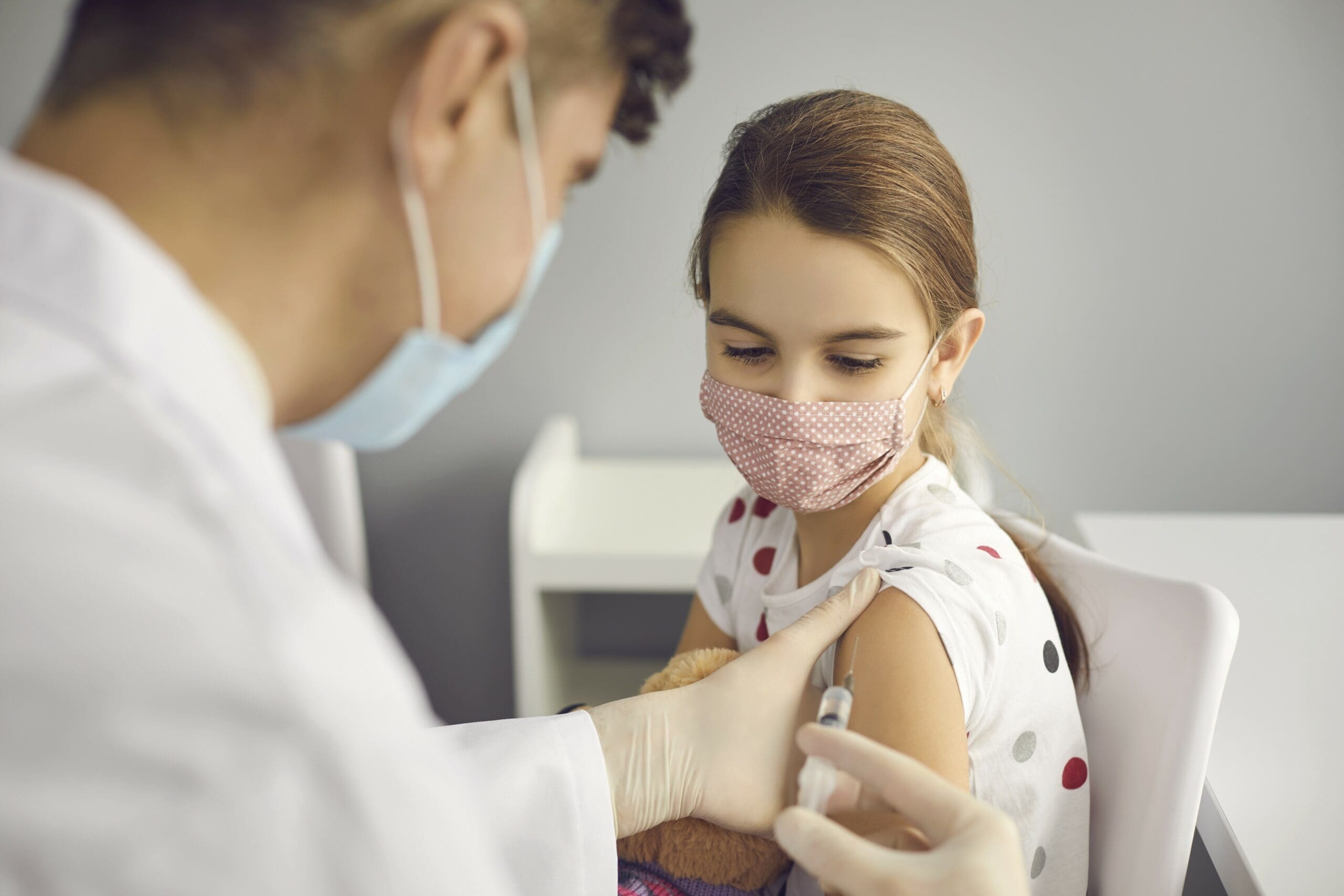Paediatrician, Associate Professor Margie Danchin provides expert advice.
Recently the New South Wales Coroner confirmed that COVID-19 was responsible for the death of a 2-month-old baby back in December 2021. This news comes after the death of a previously healthy 2-year-old in mid-March 2022. It’s understood the baby is Australia’s youngest COVID victim and while death and serious illness are rare among children, parents want to know what they should do if their child gets the virus.
Associate Professor Margie Danchin is a Paediatrician specialising in immunisation at the Royal Children’s Hospital in Melbourne and the Murdoch Children’s Research Institute.
Have we underestimated the impact of the virus on children?
We know that most children in fact, do experience either very mild symptoms or even asymptomatic infection, but severe disease does still happen in children. And they may need admission to hospital, and some can become severely unwell, especially if they have certain underlying medical conditions. We do need to be aware that COVID can be severe in children and we need to focus on getting eligible children vaccinated.
Are we vaccinating at a high enough rate in the five to 11 age group?
Vaccination coverage in the primary school age children, for one dose is around 56/57% nationally and about 12% for two doses. So, we’ve got a long way to go in terms of the coverage that we’ve achieved in the adult population. For 16-year-olds and over, it’s now 95% for two doses. But having said that, internationally, we’re doing very well. We’re on par with Canada and countries like the USA and the UK are far behind our coverage here in Australia.
But that’s cold comfort if kids are going to get infected. What about the vaccine safety profile in kids?
The safety profile is excellent in primary school age children. The common and expected side effects occur less frequently than in teenagers and young adults, and we have not seen a vaccine safety signal for myocarditis or inflammation of the heart, which we were concerned about having seen that after the second dose in teenagers, particularly young men. We have not seen that in primary school age children and in fact, the risk of myocarditis is one tenth that of the teenage age group. So that’s good news for parents.
It’s going to be a while before we have vaccines available for the under fives and yet we’ve got such a surge on with many thousands of cases in Australia. What can parents do to protect their younger children, if anything?
That’s right. The under fives don’t yet have a vaccine available, although we do hope that will happen in the next three to six months and we’ve seen a recent announcement from Moderna seeking approval in the FDA for the under sixers. So hopefully a vaccine is on the horizon, but in terms of parents caring for younger children, the most important thing is to make sure that children are drinking enough, that we keep up their fluids, that we use Panadol or Nurofen to treat any fever and that they get lots of rest and sleep.
And importantly, we really need to look out for any more serious signs of infection, which is usually listlessness, difficulty breathing, very high fever. Those children need to see a doctor and potentially go to hospital for further treatment.





